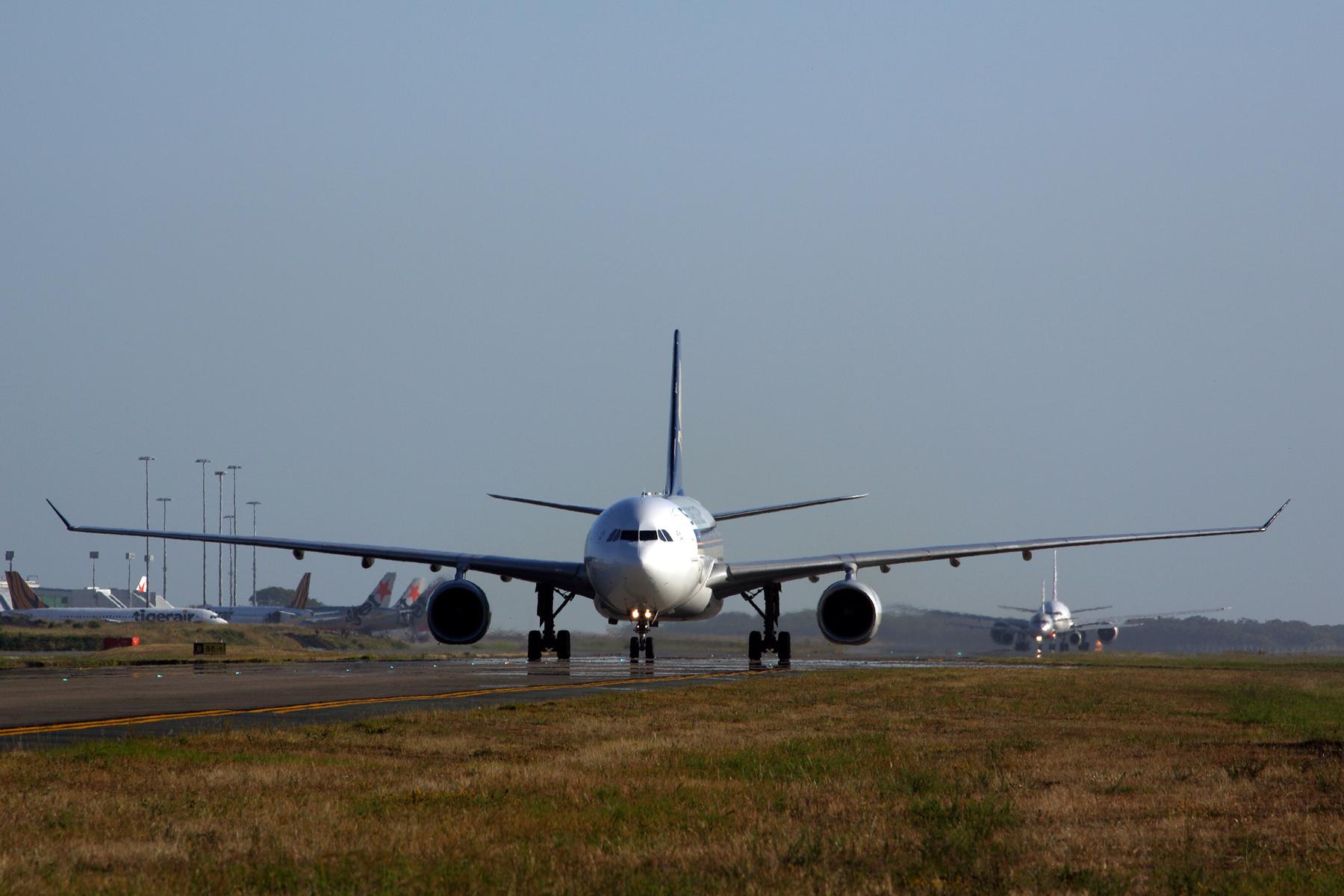
Credit: Rob Finlayson
Planned changes to EASA instructions for continued airworthiness (ICA) and parts-marking rules take into account industry feedback on a draft proposal but stop short of satisfying maintenance providers that believe their access to key repair data remains too limited. A revised opinion, or proposed...
Subscription Required
This content requires a subscription to one of the Aviation Week Intelligence Network (AWIN) bundles.
Schedule a demo today to find out how you can access this content and similar content related to your area of the global aviation industry.
Already an AWIN subscriber? Login
Did you know? Aviation Week has won top honors multiple times in the Jesse H. Neal National Business Journalism Awards, the business-to-business media equivalent of the Pulitzer Prizes.
